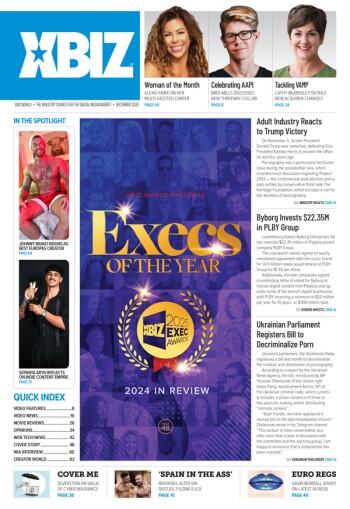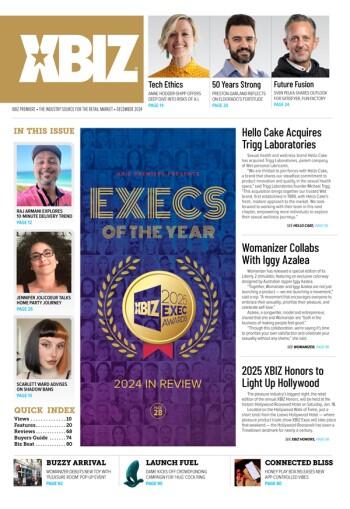This isn't the first time that Adobe has promised that they were designing a version of Flash that would run on Apple's scaled-down iPhone OS. Last March, Adobe CEO Shantanu Narayen said that plans were underway to make it make it happen. He backed away from his promise days later.
But according to online sources, the deal is back on. Steve Jobs' problem with Flash in the first place was the large amount of power it takes to run properly — power he wasn't sure his iPhone could deliver. Narayen said that his company and Apple are working together to develop a version of Flash that will make everyone happy.
"It’s a hard technical challenge, and that’s part of the reason Apple and Adobe are collaborating," he said. "The ball is in our court. The onus is on us to deliver."
That technical challenge will involve finding a way to insert Flash's functionality into an iPhone web browser without wrecking the whole system or forcing the device to open an entirely new application to run Flash. Such a solution has seemed like a foregone conclusion to some tech analysts.
"Most 'Flash lite' implementations actually depend on an app that runs entirely outside of the web browser and are often based on older versions of Flash that limit their performance and feature set," said Aidan Malley of AppleInsider.com. "Jobs has argued for a "product in the middle" that does more."
Tech analyst Paul Miller suggested that the arrival of Flash to Google's competing mobile operating system, Android, may have lit a proverbial fire under the Apple's rear-end.
"With Android getting all 'Flash-y,' Apple's 'Goldilocks' position on Flash — the full Flash player is too hefty, Flash Lite is too weak — seemed pretty untenable."







